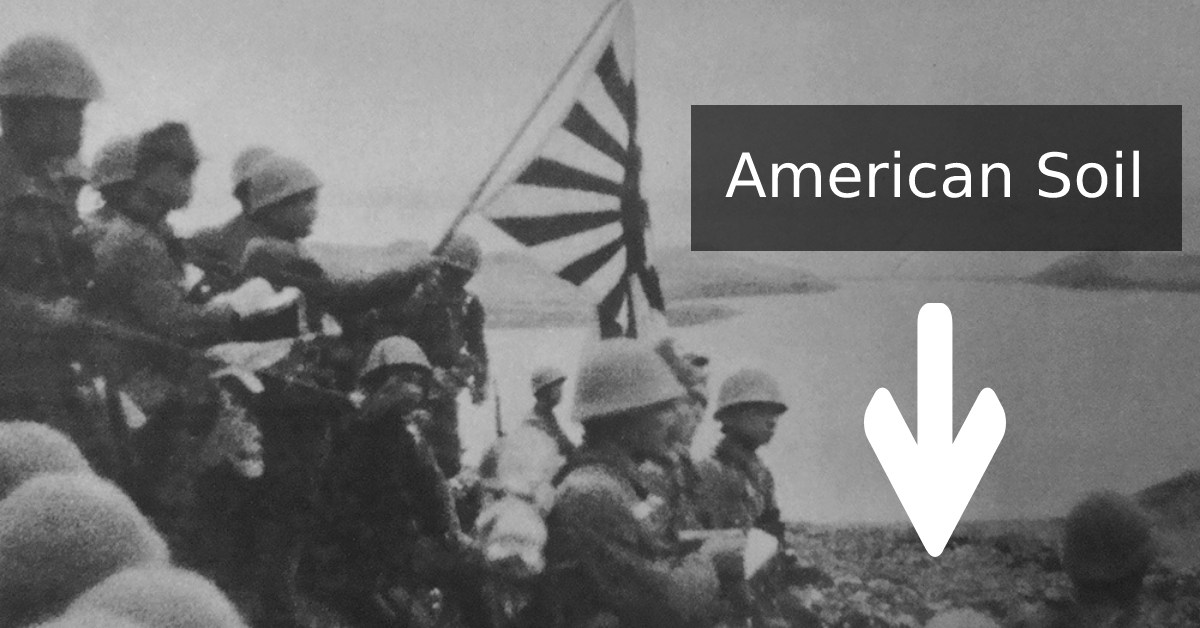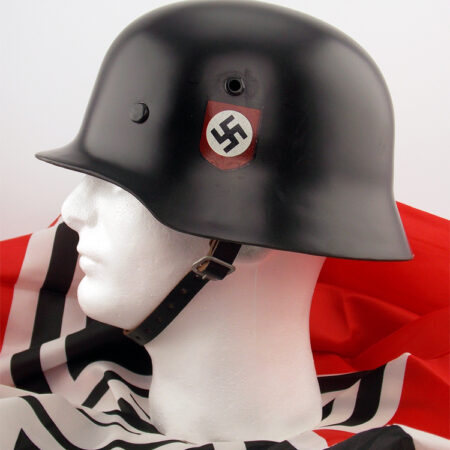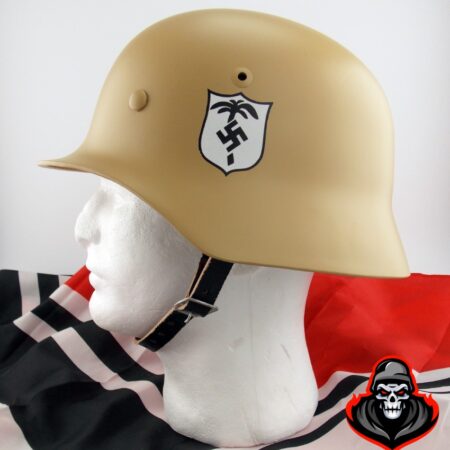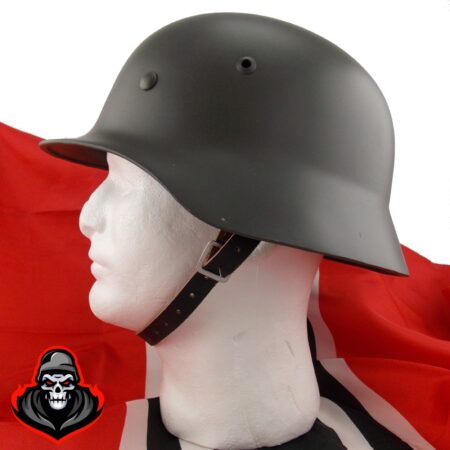The Pacific War is remarkable as a theatre of the Second World War in which almost none of the fighting occurred on the sovereign territory of the two main actors, the Empire of Japan and the United States of America. Most of the fighting actually took place in regions such as Midway Island, Guam, the Philippines and the Solomon Islands. The planned US invasion of mainland Japan itself in 1945 was prevented when the Japanese government surrendered following the dropping of the atomic bombs on the cities of Hiroshima and Nagasaki on the 6th and the 9th of August 1945. Similarly, the United States was not the subject of concerted military attacks. The well-known exception was the attack on the US Pacific Fleet at Pearl Harbour in Hawaii on the 7th of December 1941. But there was another attack by Japanese forces on American territory during the war, and this one resulted in the actual occupation of American territory for a whole year. This occurred in the Aleutian Islands off the coast of Alaska between the summer of 1942 and the late summer of 1943, an engagement which has been termed ‘the Forgotten Battle’ for the manner in which it has faded from public memory.
The Aleutian Islands are a large string of well in excess of one-hundred islands stretching across the Northern Pacific Ocean in an arc from Alaska in north-western America to Kamchatka in the extreme northeast of Russia and the Asian continent. Many of the islands are small and a large proportion are made up of volcanoes, which when combined with the inhospitable climate ensured that in the 1940s they were virtually uninhabited, as they still are today. Most of the islands form part of Alaska, which until 1959 was a US territory rather than a state. At the start of hostilities between Japan and the US in the winter of 1941/2 it was determined by the Japanese military command that if bases could be established on the island chain these would help to prevent a potential US attack across the Northern Pacific against northern Japan. Accordingly it was decided to occupy some of the islands and establish Japanese military bases there.
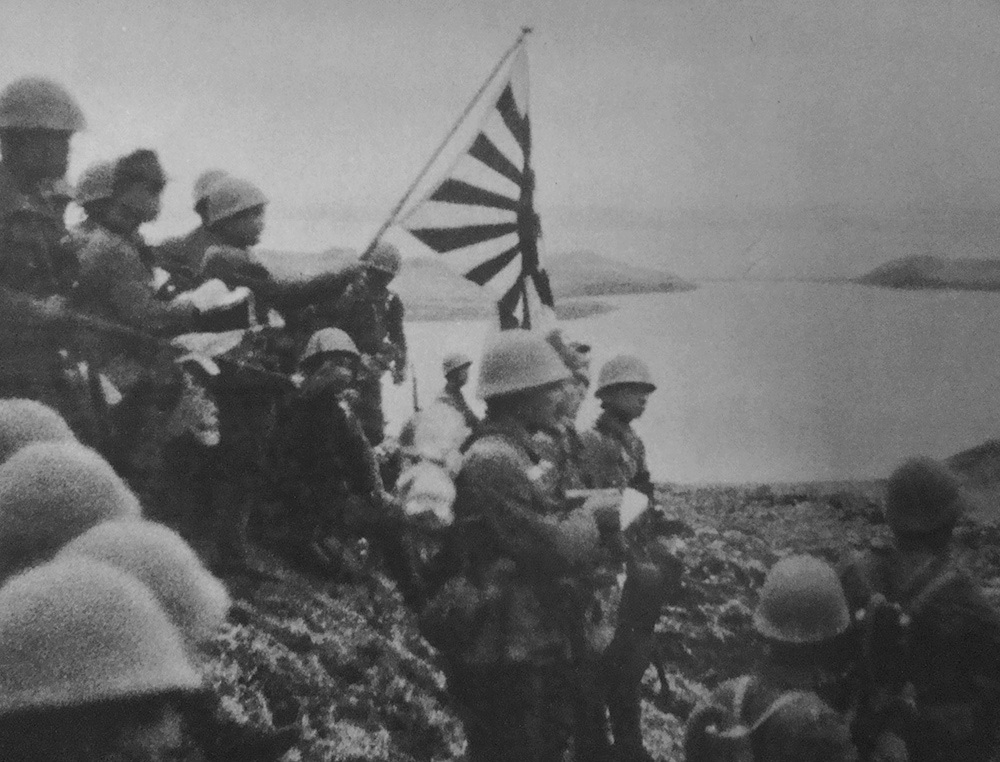
The US had stationed some considerable military forces on the Aleutians at two military and naval bases, one being at Dutch Harbour on Amaknak Island, and the other being at Fort Glenn Army Airfield on Umnak Island. These, combined with a garrison at Cold Bay on the Alaskan mainland, had just approximately 2,300 American servicemen between them and consequently the Aleutians were quite poorly defended at the outset of the war. Against these the Japanese assigned two aircraft carriers, five cruisers, twelve destroyers, six submarines, four troop transport ships and over 8,000 troops to undertake the campaign against the Aleutians. It was planned for the summer of 1942 when the weather was less inclement in the region.
The Aleutian Islands Campaign began on the 3rd of June when the Japanese attacked the US base at Dutch Harbour killing or wounding nearly one-hundred of the US garrison there and destroying a ship and over a dozen aircraft. Then on the 6th and 7th of June the Japanese occupied the islands of Kiska and Attu on the western extremity of the Aleutians. This was one of the very few times that United States territory had been invaded by a foreign power, previous incidences being limited to the British invasion of the country in the War of 1812 and some incursions by the Mexicans along the southern border during the Mexican-American War of the late 1840s and the Mexican Border War of the 1910s. As such the occupation of the two Aleutian Islands shocked public opinion in America during the summer of 1942. There was also now a concern that the two islands could be used as a base from which to launch a series of bombing missions against cities such as Anchorage in Alaska and Seattle, San Francisco or Los Angeles on the West Coast of the continental United States.
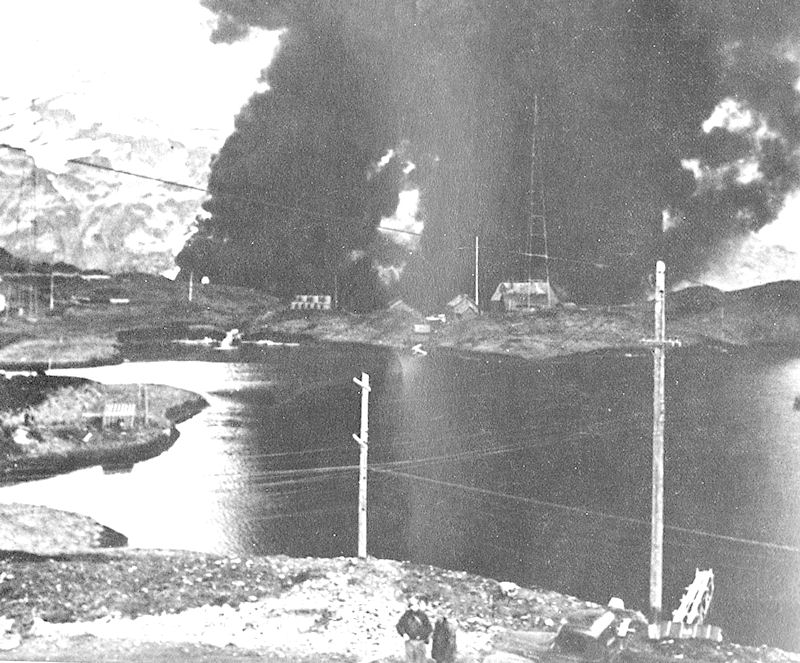
It would take many months for the US to launch a concerted effort to retake the two islands, but a more immediate reprisal was carried out on the 5th of July 1942, four weeks after the occupation of Kiska and Attu, when the American submarine, the USS Growler, was sent to the Aleutians. The Growler was cruising a few kilometres off the island of Kiska on the 5th of July when it stumbled upon three of the Japanese destroyer-class ships which had been sent to the region. The submarine quickly neared the small flotilla and released a series of torpedoes which hit all three of the Japanese destroyers, sinking one and badly damaging the other two. Approximately 200 Japanese mariners and troops were killed or wounded. The Growler quickly set off for Hawaii having struck a severe blow against the Japanese expeditionary force on the Aleutians.
A concerted campaign to retake Kiska and Attu did not commence, however, until the early summer of 1943. On the 11th of May Operation Landcrab, the codename given to the assault on Attu, was commenced. A force of nearly 15,000 US troops, with some Canadian regiments, took part in the landings, with just under 3,000 Japanese soldiers garrisoned on the island. Nearly three weeks of fierce fighting followed, compounded by appalling weather. By the time the conflict ended on the 29th of May following a last Japanese banzai charge, almost 1,500 Americans and Canadians had died either in combat or from the extreme weather or booby traps set by the Japanese, with over 2,000 more seriously injured or wounded. The entire Japanese force of nearly 5,000 men, with the exception of just over two dozen men who were captured, had either died fighting or committed suicide before they were captured.
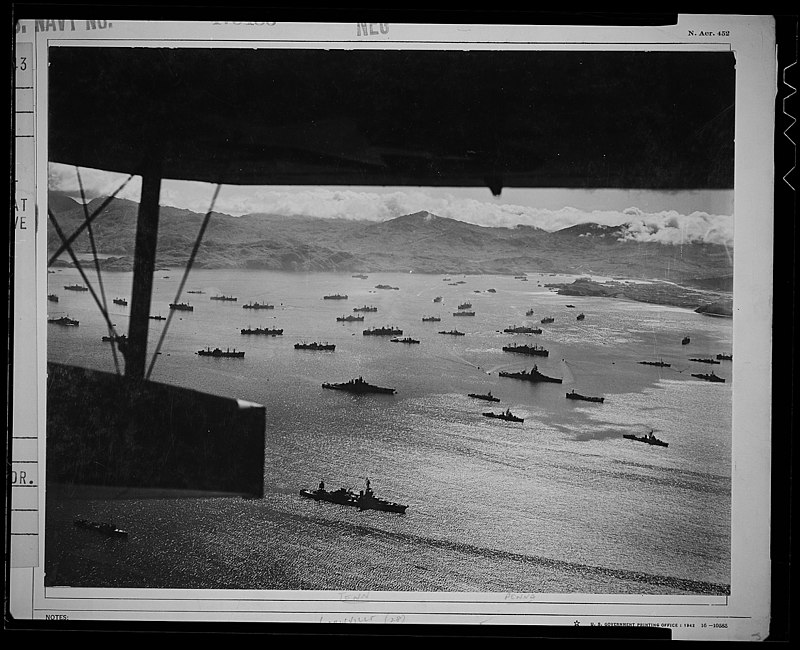
The Battle of Attu was to be the last combat operation of the Aleutian Islands Campaign. Operation Cottage was launched to retake Kiska island, the last Japanese stronghold on the Aleutians, in mid-August 1943, but when the force of nearly 35,000 US and Canadians soldiers landed on the island they discovered that the Japanese had removed their troops and abandoned the island in late July. Consequently by mid-August 1943 the US had re-established full control over the Aleutian Islands and removed the Japanese threat from the region. This brought to an end the first and only effort by the Japanese to occupy United States territory during the Second World War. The ‘Forgotten Battle’ was also the last time that American territory has been occupied by a hostile foreign power.

